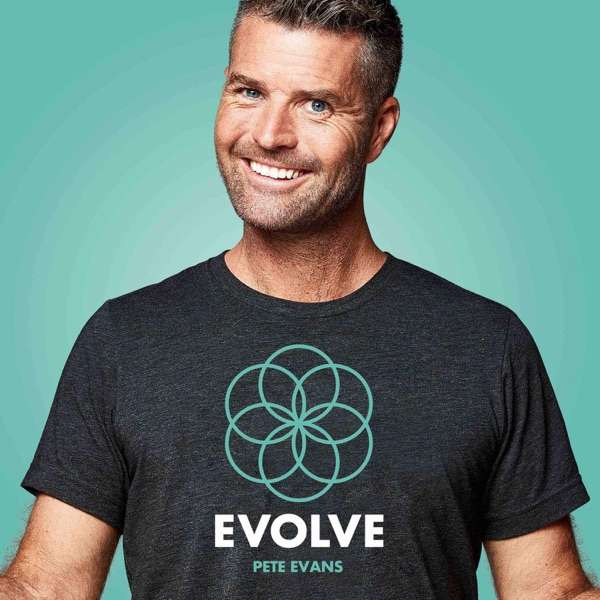In this episode we’ll be reviewing one of the most comprehensive research papers written on Low Back Pain. Below are sections from the research article, and on the podcast we’ll break down the language into simpler terms that everyone can understand.
Unraveling the Complexity of Low Back Pain
Peter O’Sullivan, PT, PhD
Mary O’Keefe, PT, PhD
J Orthop Sports Phys Ther 2016;46(11):932-937. doi:10.2519/jospt.2016.0609
The health care system faces enormous challenges, with both the disability burden and financial impact relating to LBP escalating. Growing evidence suggests that current treatments and surgeries is conflicting with the evidence today, and is in fact often worsening the problem. Change will demand a cultural shift in beliefs and practice.
Current Healthcare practices
Various approaches to diagnose and manage low back are on the rise. Paradoxically, this trend is also associated with an increase in disability and chronicity.
The current medical belief and practices focus on “magic bullet” treatments targeting presumed damaged structure or bio mechanical faults.
Exponential increases in MRI’s identify these damaged structures have led to escalating rates of spinal fusion and disc replacements. This is in spite of evidence that abnormal MRI findings are prevalent in asymptomatic populations and are poor predictors of future LBP and disability.
In terms of symptom relief, there has also been an exponential increase in spine injections; pharmacology, opiod prescriptions; and implanted spinal cord stimulators. All these interventions have limited long-term efficacy and carry significant health risks.
In parallel, there has also been an expansion in physical therapies offered for LBP. Many of these therapies focus on symptom relief and/or correcting supposed biomechanical faults, using spinal manipulation, soft tissue techniques, electrotherapy, dry needling and taping, to name a few. These therapies, when tested, have only demonstrated small at best short term benefits.
Indeed, there is also growing evidence that nonspecific factors, such as therapeutic alliance, patient beliefs and expectations, therapist confidence, pain catastrophizing, and self-efficacy, are more predictive of clinical outcomes than changes to the target of the therapy (i.e. changing posture, muscle timing, joint position).
Also, in the ergonomic industry continues to reinforce the belief that backs need protected, teaching people to sit up right, and lift with a braced abdominal wall and straight back. This is in spite of lack of evidence that ergonomic interventions reduce the risk of low back pain, or that the way you bend increases the risk of low back pain.
This commonly “threatening” clinical climate frequently leaves the patient with LBP confused and fearful that his or her spine is frail, vulnerable, and damaged. This in turn reinforces protective and avoidant behaviors, leaving people with few active coping strategies to mange their pain and maintain quality of life.
This commonly leads to health care shopping and stepped care, in which patients progress to more invasive and risky treatments.
Sadly, this current practice is disagreeing with patient expectations regarding the importance of clear communication about their disorder, their desire for individualized self management strategies to control their pain, and goals relating to functional restoration and maintaining quality of life.
Patients with persistent low back describe this process as having their “live on hold” in which they don’t understand their pain problem, have few coping strategies to manage it, and lose their ability to do the things in life that they value. The is often associated with escalating distress, disability, and depression.
Contemporary understanding of LBP
In contrast, there is growing evidence that LBP is a multidimensional disorder. It is increasingly clear that persistent and disabling LBP is not an accurate measure of local tissue pathology or damage alone. Rather, it is best seen as a protective mechanism to the individuals perceived level of danger, threat, or disruption to homeostasis.
These systems constantly interact and are influenced by an interplay of physical (loading exposures and levels of conditioning), psychological (cognitions and emotions), social (socioeconomic, cultural, work, home environment, and stress), lifestyle (sleep, activity levels), co-morbid health (mental health, obesity), and non-modifiable (genetics, sex, life stage) factors. Interestingly, the emerging evidence reveals that man of these factors are interrelated, rather than being mutually exclusive. The relative contribution from these different factors is unique to the individual.
this interplay between multiple systems and factors restricts reductionist approaches that attempt to neatly categorize or subgroup people with LBP in order to target treatment. It also highlights why magic bullets and symptom palliation have largely failed, as the capacity of these approaches to positively impact this interplay is limited.
“boxing patients into subgroups may miss the crucial interrelationship between factors for an individual
This contemporary understanding demands a shift away from providing a simplistic structural and/or biomechanical diagnosis and treatment for LBP. Rather, this process empowers the patient to develop a clear understanding of the contributing factors that promote pain and disability. This enables the patient to become a partner in a therapeutic journey that aims to lower the threat of pain, develop active coping strategies to self-manage the disorder, and engage in value based activities.
There is growing evidence that the management of LBP needs a paradigm shift. This perspective considers LBP as a protective mechanism that emerges in response to perceived threats from multiple domains in the individual context. IN this context, negative societal beliefs and fear about the meaning of LBP can escalate pain and lead to unhelpful behavioral responses, leaving patients distressed and disabled.
This approach places patients at the center of their care, validating them while understanding their goals and expectations.

 Our TOPPODCAST Picks
Our TOPPODCAST Picks  Stay Connected
Stay Connected





